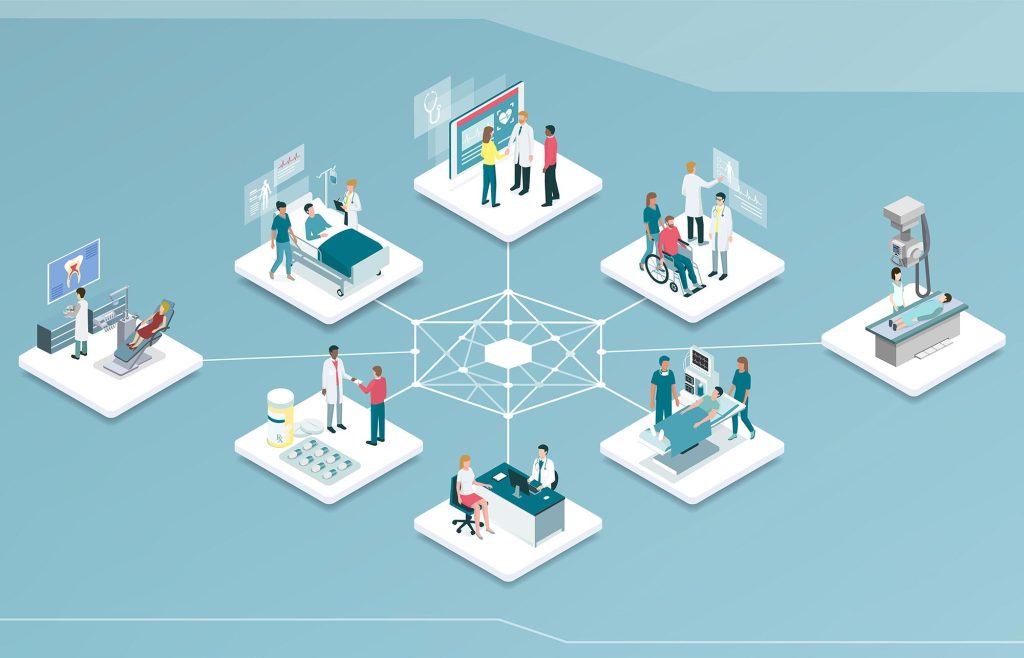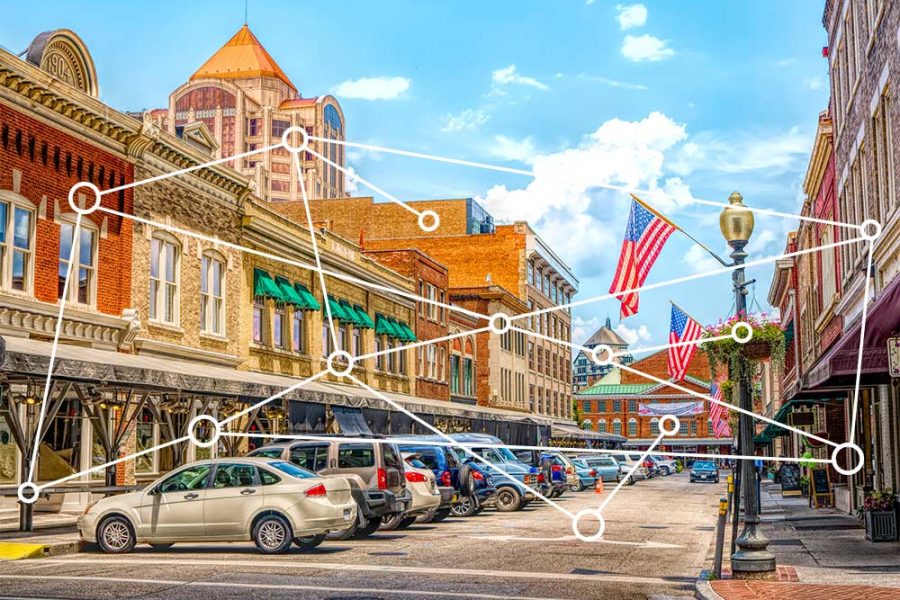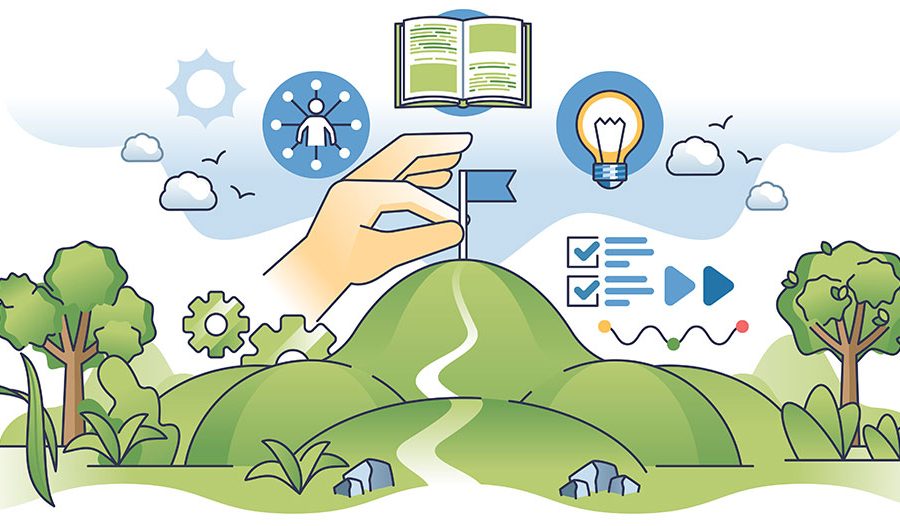- Navigator
- Strategic Planning
 As the New Year approaches, many people will make resolutions related to achieving a healthier lifestyle. At the same time, communities are also in the process of finalizing their plans and initiatives for 2023. I suggest these communities also make a new year’s resolution to asset map their healthcare infrastructure.
As the New Year approaches, many people will make resolutions related to achieving a healthier lifestyle. At the same time, communities are also in the process of finalizing their plans and initiatives for 2023. I suggest these communities also make a new year’s resolution to asset map their healthcare infrastructure.
In economic development, we look at varying metrics to help us gauge the growth and economic environment of our respective communities. One metric that is often overlooked is the correlation between community health and community wealth.
The capacity of a community’s workforce to produce at its highest potential is impacted by a lack of basic healthcare facilities, like adequate hospitals and skilled medical treatment. People who are healthy are more capable and productive at work, have higher wages, and are less likely to exit the workforce due to unemployment or disability. When workers take time off work due to illness, this loss of productive work hours reduces the income and growth of the local economy.
One of the main pillars of economic growth is human capital, and an economy that lacks this essential element will feel the impacts. These impacts are especially heightened in rural communities that have healthcare deserts. Consider these statistics:
- In the US, 20% of counties are considered hospital deserts, meaning citizens may have to drive more than 30 minutes to reach the nearest hospital
- 40% of counties are considered trauma center deserts that force citizens to drive over an hour to access facilities that can handle major traumatic injuries
- 80% of the counties across the US do not have the medical infrastructure in place to allow their residents to maintain their health
Having a targeted focus on healthcare infrastructure in your community can assist in addressing not only access to healthcare but also economic stability, education, and social equity.
In many communities, the Health Care sector is one of the largest industries and creates many high-paying jobs. A 2022 report issued by the US Bureau of Labor Statistics notes that the median annual wage for healthcare professionals in May 2021 was $75,040. This is significantly higher than the national median wage of $45,760 for all other professions for the same period.
However, from January 2010 to July 2022, more than 140 rural hospitals have been closed, a trend that negatively effects both the health and economy of these communities.
A community can measure the relationship between its public health and economic health by assessing the medical services available within it. These medical services can include access to hospitals, primary care, emergency services, community health centers, and access to medication/pharmacies.
Asset mapping your community’s healthcare infrastructure can give your community an idea about its current condition. The primary goal of asset mapping is to highlight what a community has instead of what it is lacking. By focusing on the available healthcare infrastructure, a community can bring partners and stakeholders to the table to develop strategies and efforts to build upon and strengthen what is already in place. Asset mapping helps a community clearly quantify what resources it can leverage to improve the health and well-being of its residents, which can then be turned into targeted and implementable strategic plans.
Additional Resources and Information:
- “Community Vitality and Rural Healthcare,” Rural Health Information (RHI) Hub, Last Reviewed: May 26, 2021
- “Healthcare Expenditure and Economic Performance: Insights From the United States Data,” National Institutes of Health (NIH) National Library of Medicine, May 13, 2020
- “Community Health Improvements are Linked to Economic Development,” The California Endowment, December 2009
Camoin Associates is a national leader in using research and data analysis to help communities and organizations understand where they are now and develop actionable goals designed to get them where they want to be. Learn more about our services.





